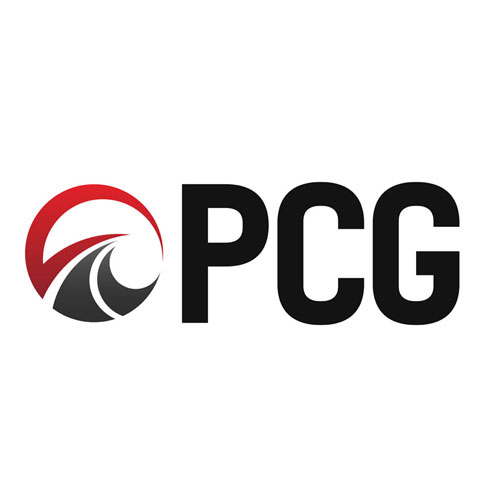When a business partners with a digital marketing company and monthly calls become part of the norm, it’s imperative for clientele to understand the difference between the various branding and marketing mediums. In more specific terms, the term CPC (cost per click) may be important parts of a social media advertising campaign’s report as well as a paid search advertising campaign’s report. But just because both of these branches use the same term for measuring expenses doesn’t mean that they’re necessarily indicators of the same things.
But before we go any further in dissecting the CPC term in various marketing branches, let’s discuss the term in general.
Cost per click is as straightforward as digital marketing jargon can get. It literally notes the cost of every consumer click on your ads. It points back to the publisher of where your ads are being hosted, such as Google for SEM or Facebook for social.
Marketers can set a maximum bid that we’d wish to spend for each click. This allows us to keep a grip on the ad and allow it to stay within budget. This is the bidding process. If your ad then generates enough clicks for it to surpass the bidding amount, the price per click will go down.
Make sense? Good! Now we’re going to break down the term per medium. Because while the CPC measures the same thing for both paid search and social media advertising, it still accounts for different aspects of consumer marketing. Social media advertising is based on targeting consumers on their personal profile’s “Likes” and interests, while SEM is based on what consumers would be looking for actively and then making the ads rise to the consumer’s needs.
Social Media Advertising – Reach a Targeted Audience
With social media advertising, a campaign ad is run for a select amount of time and it’s targeted to expose the right consumers through detail-oriented audience selection. In the final steps before running an ad, we choose what we want our CPC maximum bid to be. This can be any price figure. But often, an ad’s CPC should correlate with its budget. If an ad has a lifetime budget for half a month of $150, with a potential audience reach of an estimated 30,000 consumers, a CPC bid of $0.90 – $1.00 is more than suitable. If the 30,000 potential consumers are all ideally intrigued by the ad enough to give it a click and it generates a high CTR (click-through rate) then the CPC will go down.
So in the end, with social media advertising’s CPC, we’re mainly looking at the relation of the ad itself being exposed to the right audience. If you’ve done your homework on who you’re trying to target with your ad, you should see the right response in your social ad’s CPC.
Search Engine Marketing – Reach an Audience Searching for You
When it comes to the CPC for SEM, marketers are faced with a couple different factors. Search engine marketing is centered around exposing ads to the consumer searching for particular keywords. These keywords will pertain to your business, your business area, and all the services of your business.
For any ad to show in results, it must go through the auction process like everyone else in the running for those specific keywords. It takes into account an ad’s Quality Score and the Ad Rank, which is a ranking of the ad’s bid, the overall quality of the ad itself, and the landing page that it links back to. The AdWords system then determines which ads show up in the search for the keyword and their ranking placement in the search, e.g., first, second, third, etc.
So obviously, you don’t want your ad to only show up for one keyword search – you’re a diverse business with a lot to offer a lot of different people! That’s why SEM then bids on multiple keywords. This allows us to brand your company with consumers that may not be in the same town as you, but could be in neighboring towns looking for your business’s services (this is also affected by the geotargeting of your campaigns and your desired radiuses). And similar to social media advertising CPCs, we then set budgets on multiple keywords for specific ads, and set CPC bids to maximize the amount of clicks per ad to fit within the budget.
Similar to social, the CPC bids will lower when more clicks are generated.
The largest difference for you to make note of with CPCs in regards to social media advertising and search engine marketing is the difference in bidding styles. Social media will be looking to broadcast the “clickable” ad to those who may be interested in your business, while not actively seeking it. Search engine marketing focuses on the consumer with a need and who is searching. Your cost per clicks will only lower with a solid understanding of exactly who your ideal consumers are, when in need of your services and when not.
